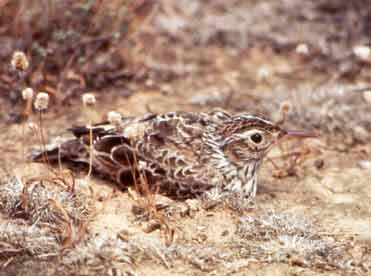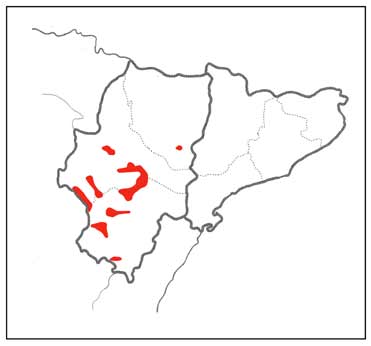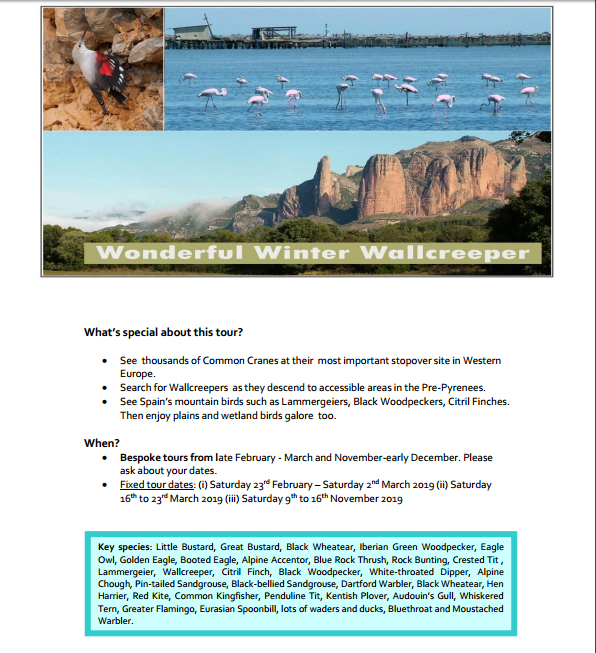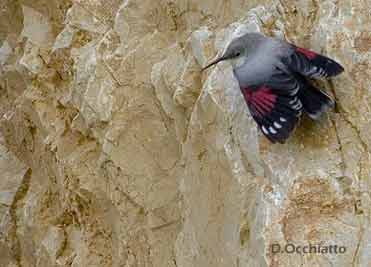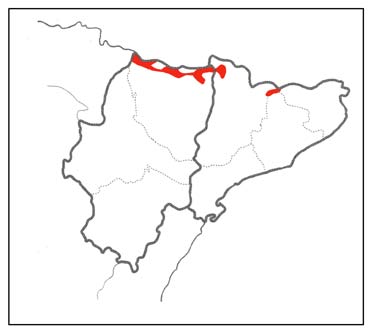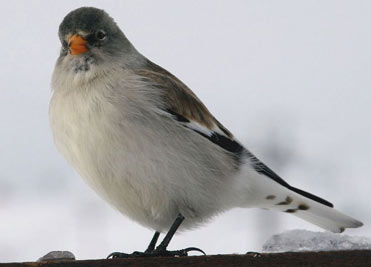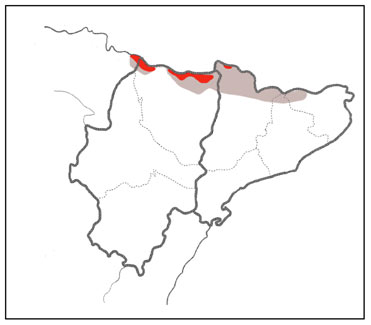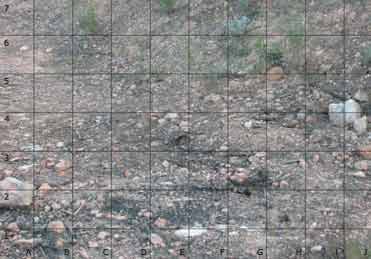Anyone birding the Spanish Pyrenees should know what part of the mountains he or she will be birding: Navarra, Aragon or Catalonia? This apparently simplistic approach will help the birder choose the most suitable accommodation for his birding trip to the Pyrenees.
In other words, driving is not birding. If you are interested in getting to grips with the birds of the Pyrenees then look for rural accommodation in a valley where you can see most or all of the birds you are interested in. Otherwise choose a home base which is well situated for access to several birding sites in the Pyrenees.
My first birding trip abroad was to the Spanish Pyrenees, way back in the spring of 1983 (25 years already! Aaggh!). I was an ecology student on a shoestring budget and my now aching bones then made no complaints about sleeping in the minibus, tucked inside my sleeping bag on the dewy grass, on the tiled floor of a campsite shower-room, etc.
Luckily my personal finances have improved and in some way compensate for the deterioration in my physical and mental resistance to those conditions that I would no longer be willing to put up with! I can now afford to stay in hotels with beds, clean linen and showers and all that. I can even choose which kind of accommodation most suits my needs!
I also ended up living in northeast Spain, just a little to the south of the Pyrenees. And leading and designing bird tours, establishing birding itineraries and choosing the most suitable birding accommodation for my birding groups.
That’s why I feel qualified to give birders advice about birding accommodation in the Spanish Pyrenees. Firstly, look at the BirdingInSpain.com sites and itineraries section and decide what part of the Pyrenees you want to visit (probably dictated by birds and travel plans).
Want to see the White-backed Woodpecker? You have to go to Iratí in Navarra, and so why stay 100 kilometres away? Slow down, take it easy, enjoy the scenery and the birds and follow the accommodation links on the same page as the place you want to be birding.
If you’re dead keen on seeing the Wallcreeper then you’d probably choose the Hecho Valley. If so why stay in Jaca when you can stay in the Hecho Valley itself? Get out of the car! Walk! Breathe some fresh air, and stay at a local hotel in the Pyrenees themselves and not on the plains!
Do you want accommodation in the best part of the Pyrenees for Lammergeier? Look at the accommodation near the village of Aínsa in the Ordesa and Aínsa – Gistaín sections.
Are you planning a visit to the Catalan Pyrenees? Then your accommodation is waiting for you to find it in the Aigüestortes west and east itineraries.
Birdinginspain.com recommended accommodation is there to help you make the right choice, because we know how important your birding holiday is.
